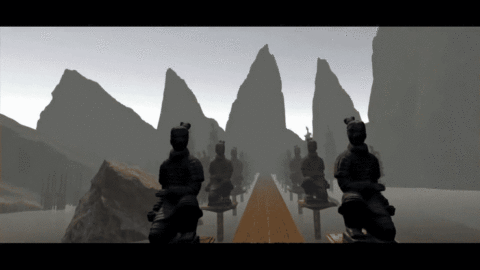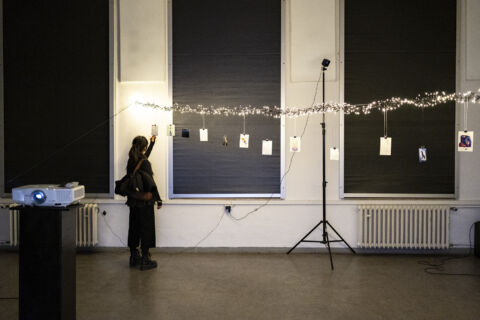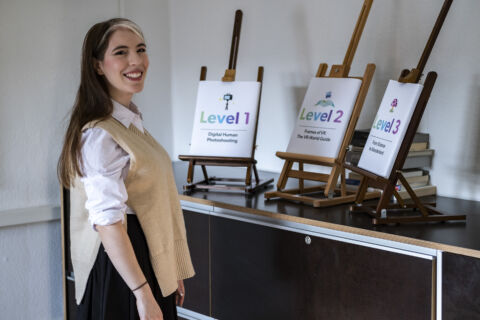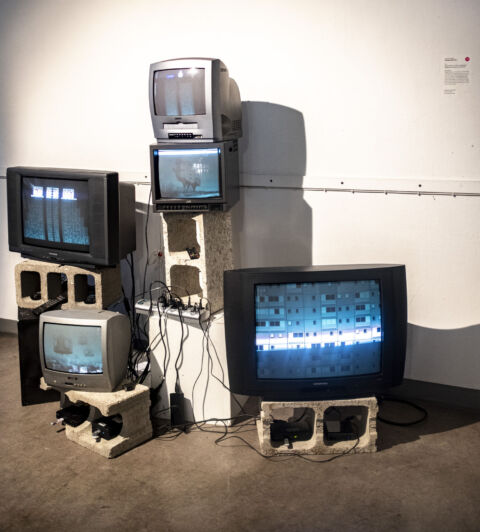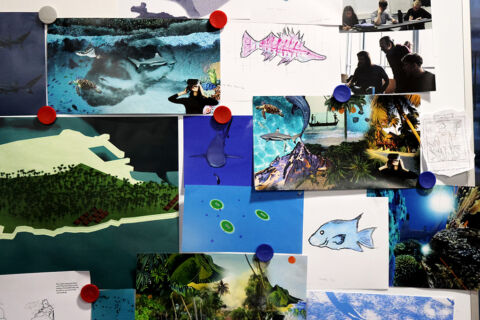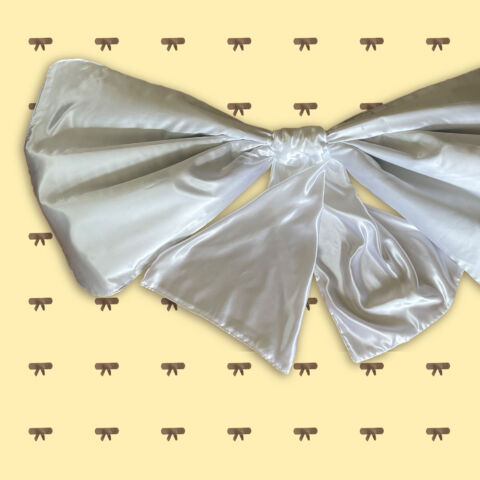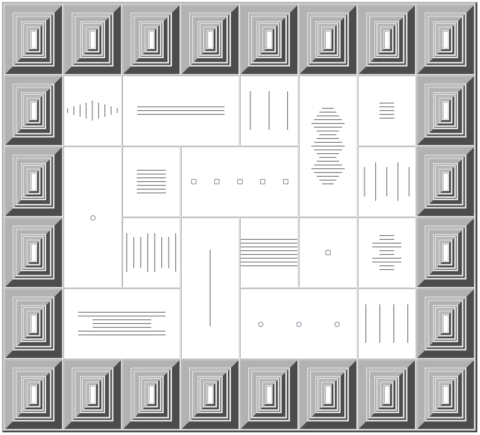The joint practice/theory project in the winter semester 2019/20 questions VR models as ways of creating fictional worlds: How is the image of an (artificial) world created? Who demands a worldview (Heidegger)? What makes an artificial world credible and convincing? How does the construction of representation contribute to the “suspension of disbelief” (Coleridge)? Why does the user – Pygmalion (Ovid’s “Metamorphoses”), Scottie (Hitchcock’s “Vertigo”) – love their virtual creation?
The combination of elements of virtualization and augmentation, for example by photogrammetric methods, poses questions about the relationship or mixture of (meager) “real” and (enriched) “artificial” world and their perception and experience.
